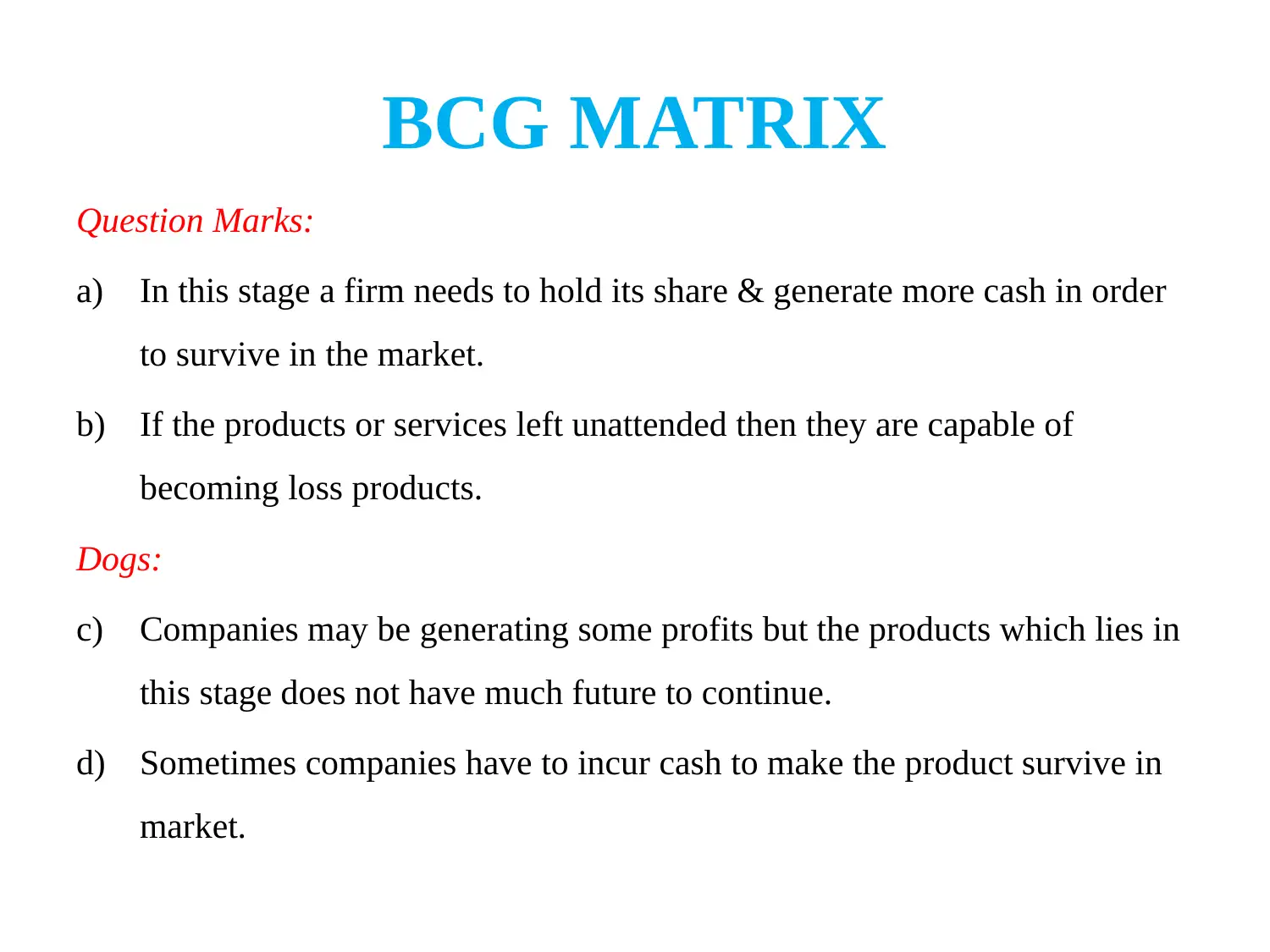Toyota's Strategic Planning: Techniques, Issues, and Implementation
VerifiedAdded on 2023/04/05
|13
|772
|438
Report
AI Summary
This report provides an overview of business strategy, focusing on strategic contexts and planning techniques. It defines key terminologies such as missions, visions, objectives, goals, and core competencies, highlighting their importance in strategic planning. The report discusses issues involved in strategic planning, including developing a strategic vision, setting objectives, crafting a strategy, strategy implementation, and corrective actions. It also examines two specific planning techniques: the BCG Matrix, which classifies businesses based on market growth rate and relative market share, and Ansoff's Matrix, which focuses on growth opportunities through market penetration, market development, product development, and diversification. The analysis is contextualized with examples relevant to Toyota, illustrating how these techniques can be applied in a real-world business environment. Desklib provides access to this and many other solved assignments.
1 out of 13



















![[object Object]](/_next/static/media/star-bottom.7253800d.svg)